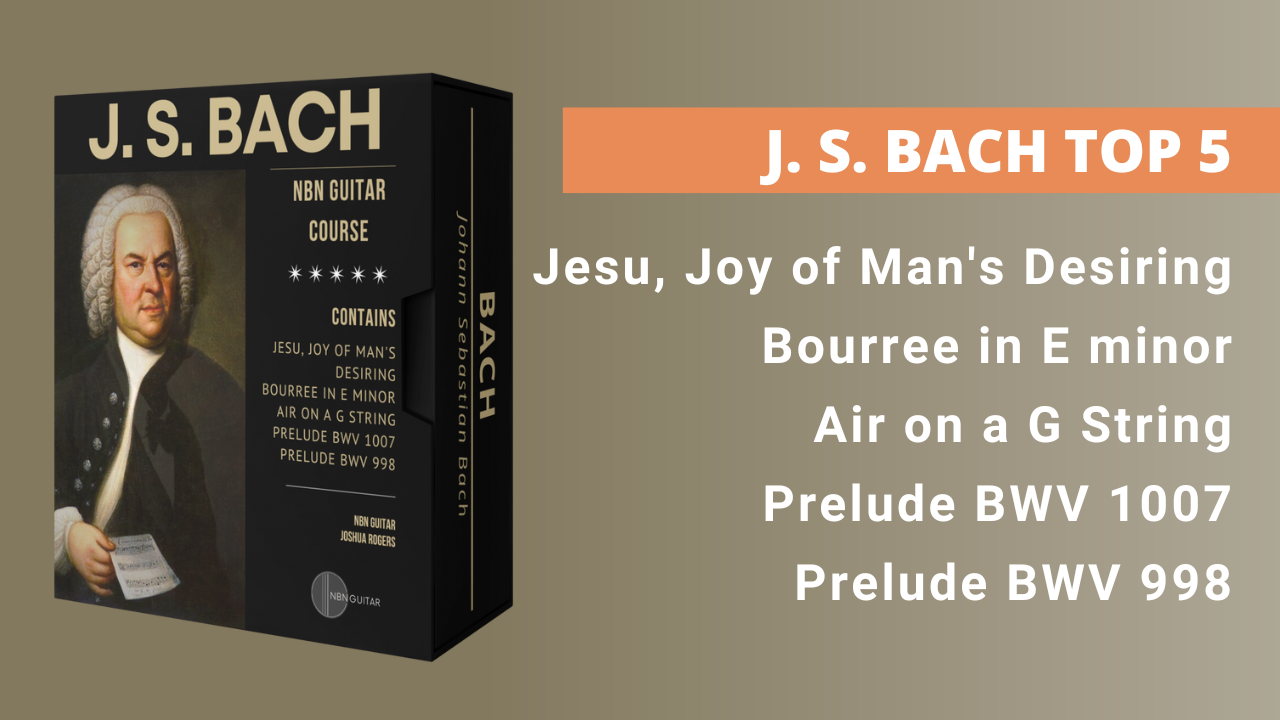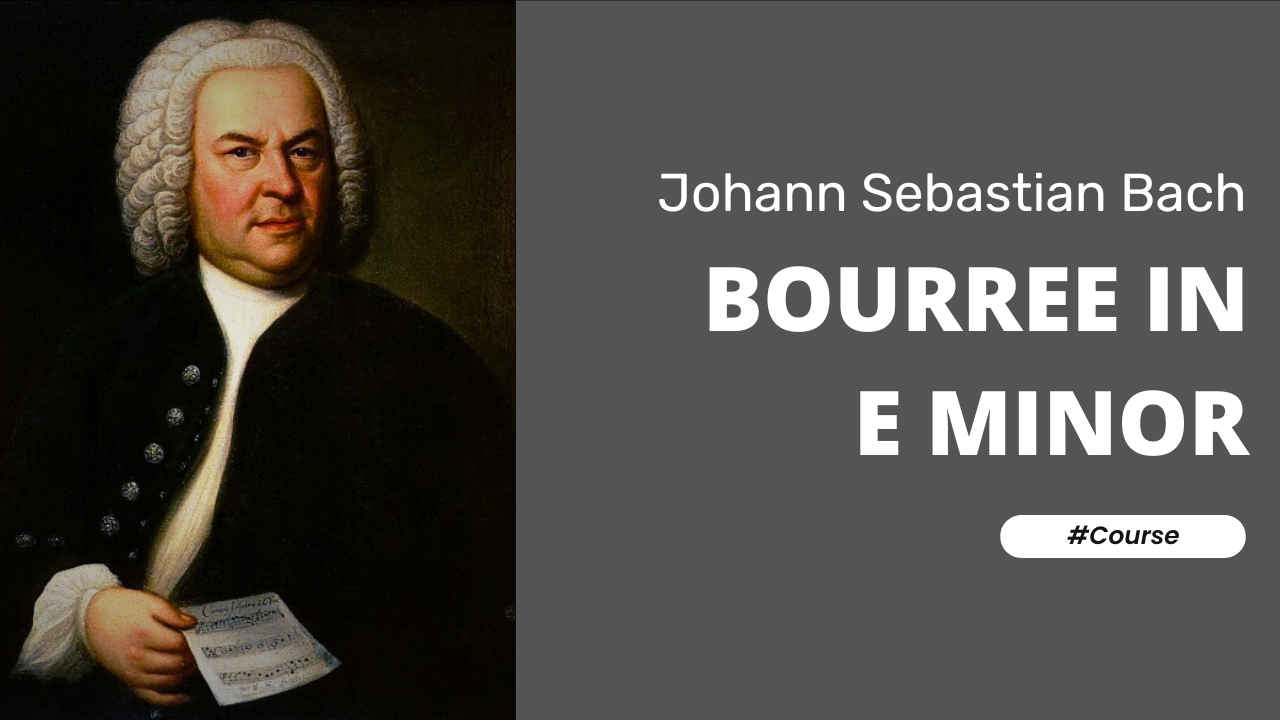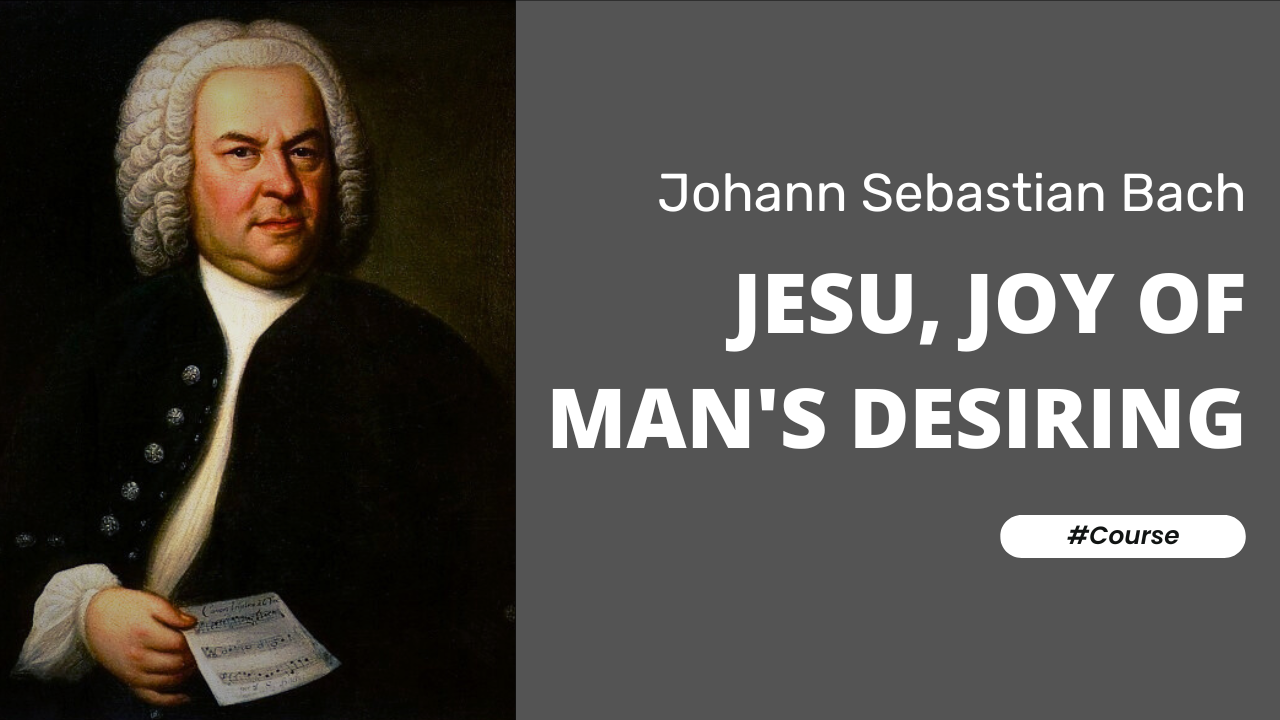Air on a G String by Johann Sebastian Bach
Introduction
“Air on a G String” by Johann Sebastian Bach is one of the most celebrated pieces of Baroque music, renowned for its serene beauty and elegant simplicity. Originally part of Bach’s Orchestral Suite No. 3 in D major, BWV 1068, this piece was later arranged for solo violin and strings by German violinist August Wilhelmj, who transposed it to G major to allow the entire melody to be played on the G string of the violin, hence its name.
When transcribed for classical guitar, “Air on a G String” takes on a new, intimate character, highlighting the instrument’s capability to convey the piece’s lyrical qualities and delicate nuances. The classical guitar’s warm, resonant tones provide a rich canvas for Bach’s flowing melodic lines and harmonies, allowing the guitarist to explore the depth and expressiveness inherent in the music.
Playing “Air on a G String” on the classical guitar requires a refined touch and a deep understanding of Baroque phrasing and ornamentation. The guitarist must navigate the piece’s smooth, legato passages and subtle dynamic shifts to fully capture its tranquil and contemplative essence. This transcription offers a wonderful opportunity for guitarists to delve into Bach’s genius, interpreting his timeless melodies through the unique voice of the classical guitar. By performing this piece, guitarists can bridge the gap between Baroque and modern sensibilities, bringing Bach’s music to life in a fresh and captivating way
The piece itself has a gentle yet enchanting melody and here it is transposed down one tone from D major to C major. Technically the piece isn’t overly demanding although there is a difficult 5 fret stretch in bar 2 and an optional if not ambitious cross-string trill at the end for guitarists that truly wish to test their technique.
Musical Style
Johann Sebastian Bach’s musical style is a synthesis of the Baroque era’s finest elements, characterized by intricate counterpoint, robust harmonic structures, and expressive melodies. His compositions exhibit a profound understanding of form and structure, often employing complex fugues, canons, and variations. Bach’s music is marked by its intellectual depth, technical brilliance, and emotional richness, seamlessly blending French, Italian, and German musical traditions. His works cover a wide range of genres, including sacred and secular vocal music, orchestral suites, concertos, and solo instrumental pieces. Bach’s legacy continues to influence countless composers and musicians, underscoring his status as a master of Western classical music.
Notable Pieces
Five notable pieces by J. S. Bach:
• The Well-Tempered Clavier
• Brandenburg Concertos
• Mass in B Minor
• St. Matthew Passion
• Toccata and Fugue in D Minor
Let your fingers fly!
JoshCourse Instructor
Air on a G String Course
About this Course
Introduction
“Air on a G String” by Johann Sebastian Bach is one of the most celebrated pieces of Baroque music, renowned for its serene beauty and elegant simplicity. Originally part of Bach’s Orchestral Suite No. 3 in D major, BWV 1068, this piece was later arranged for solo violin and strings by German violinist August Wilhelmj, who transposed it to G major to allow the entire melody to be played on the G string of the violin, hence its name.
When transcribed for classical guitar, “Air on a G String” takes on a new, intimate character, highlighting the instrument’s capability to convey the piece’s lyrical qualities and delicate nuances. The classical guitar’s warm, resonant tones provide a rich canvas for Bach’s flowing melodic lines and harmonies, allowing the guitarist to explore the depth and expressiveness inherent in the music.
Playing “Air on a G String” on the classical guitar requires a refined touch and a deep understanding of Baroque phrasing and ornamentation. The guitarist must navigate the piece’s smooth, legato passages and subtle dynamic shifts to fully capture its tranquil and contemplative essence. This transcription offers a wonderful opportunity for guitarists to delve into Bach’s genius, interpreting his timeless melodies through the unique voice of the classical guitar. By performing this piece, guitarists can bridge the gap between Baroque and modern sensibilities, bringing Bach’s music to life in a fresh and captivating way
The piece itself has a gentle yet enchanting melody and here it is transposed down one tone from D major to C major. Technically the piece isn’t overly demanding although there is a difficult 5 fret stretch in bar 2 and an optional if not ambitious cross-string trill at the end for guitarists that truly wish to test their technique.
Musical Style
Johann Sebastian Bach’s musical style is a synthesis of the Baroque era’s finest elements, characterized by intricate counterpoint, robust harmonic structures, and expressive melodies. His compositions exhibit a profound understanding of form and structure, often employing complex fugues, canons, and variations. Bach’s music is marked by its intellectual depth, technical brilliance, and emotional richness, seamlessly blending French, Italian, and German musical traditions. His works cover a wide range of genres, including sacred and secular vocal music, orchestral suites, concertos, and solo instrumental pieces. Bach’s legacy continues to influence countless composers and musicians, underscoring his status as a master of Western classical music.
Notable Pieces
Five notable pieces by J. S. Bach:
• The Well-Tempered Clavier
• Brandenburg Concertos
• Mass in B Minor
• St. Matthew Passion
• Toccata and Fugue in D Minor
Let your fingers fly!
Josh


